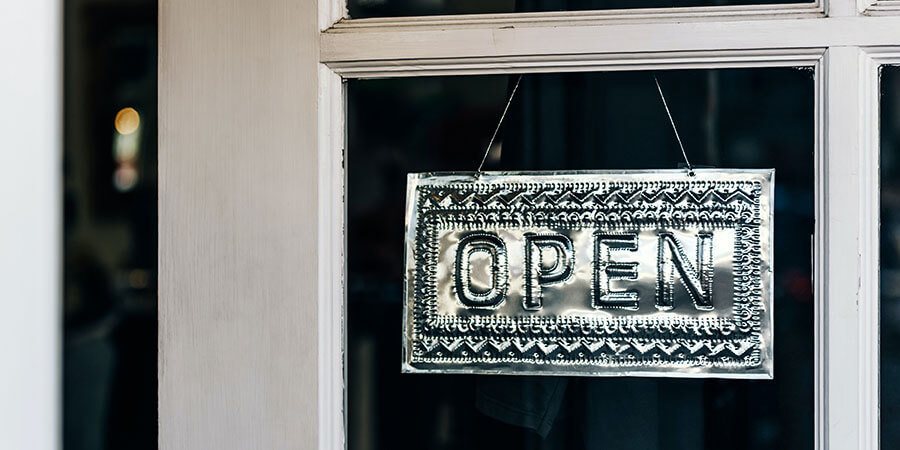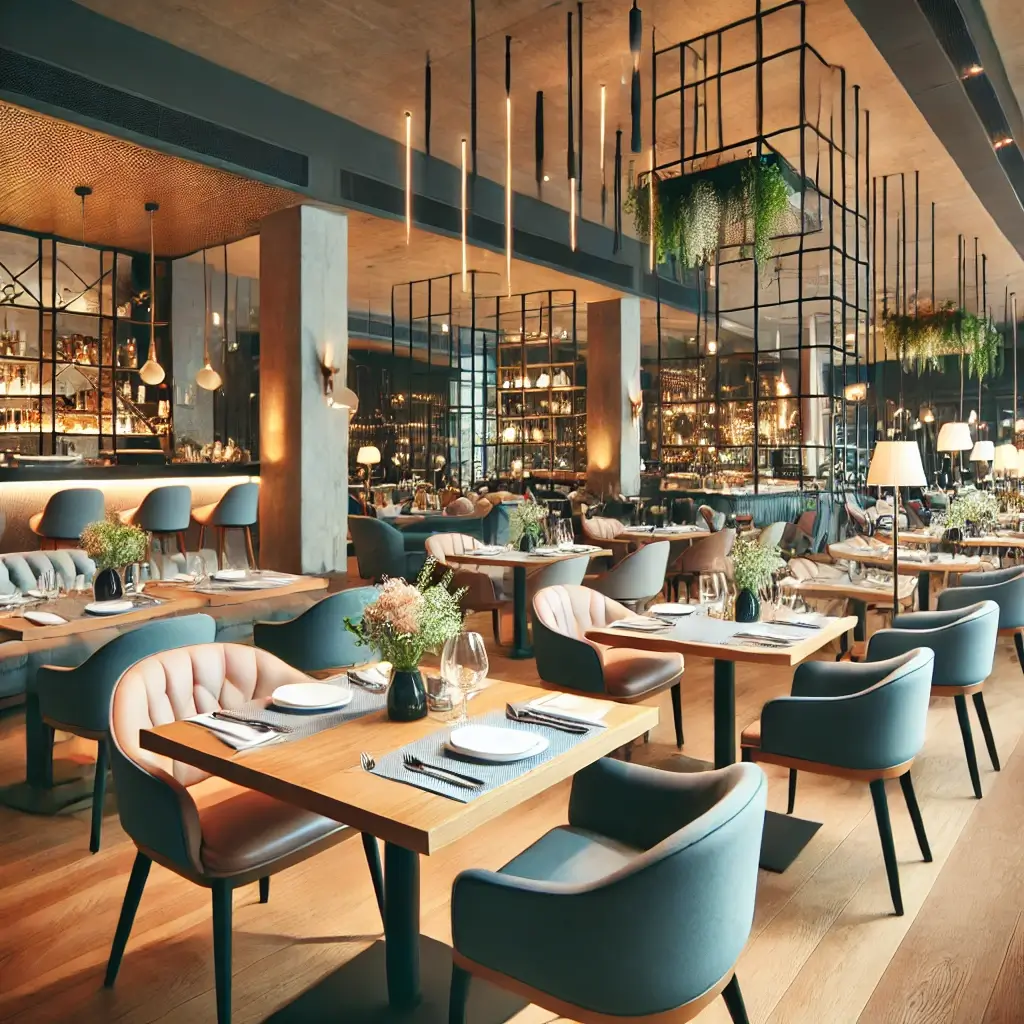What You Need To Know Before Opening A Second Restaurant

Expanding your restaurant business to a second location involves careful planning and consideration. This guide covers essential topics such as securing funding, choosing the right location, developing a business and marketing plan, managing staffing and operations, leveraging technology, engaging with the community, financial planning, understanding market demands, streamlining supply chain management, maintaining quality and consistency, and complying with legal requirements. Following these steps can help ensure the success of your new venture.
Checklist for Opening a Second Restaurant
1. Secure Funding
- Ensure you have enough capital or consider taking a business loan.
- Separate funds from your first restaurant to protect its profits.
2. Choose the Right Location
- Evaluate potential locations and their customer pool.
- Consider if you need to relocate with your family for better management.
3. Develop a Business and Marketing Plan
- Use lessons from your first restaurant to create a robust plan.
- Tailor marketing strategies to the new location.
4. Manage Staffing and Operations
- Have a great manager and team in place at your first location.
- Invest in training programs to maintain quality and consistency.
5. Leverage Technology for Efficiency
- Invest in POS systems, inventory management software, and CRM tools.
- Implement online reservation and ordering systems.
6. Engage with the Community
- Use social media, local events, and partnerships for engagement.
- Encourage customer reviews and testimonials.
7. Plan Finances and Budgeting
- Create a detailed budget covering all potential expenses.
- Monitor finances closely and adjust the budget as needed.
8. Conduct Market Research
- Understand local market demands and competitor strategies.
- Tailor your offerings to meet customer needs and preferences.
9. Streamline Supply Chain Management
- Establish relationships with reliable suppliers.
- Implement an inventory management system.
10. Maintain Quality and Consistency
- Develop standardized recipes and procedures.
- Regularly review and update standards to adapt to changes.
11. Comply with Legal and Regulatory Requirements
- Obtain necessary licenses and permits.
- Adhere to health and safety regulations and labor laws.
Managing Staffing and Operations
As you plan to scale up your restaurant business, consider how you will manage staffing and operations across both locations. It's crucial to have a great manager and team in place at your first location before you shift your focus. Invest in training programs to ensure consistency in service and quality across both restaurants. Regular communication and visits are essential to maintaining standards and addressing any issues promptly. Implementing robust operational procedures can help streamline management and improve efficiency, ultimately contributing to the success of both locations.

Leveraging Technology for Efficiency
Utilizing technology can significantly enhance the efficiency and profitability of your new restaurant. Consider investing in integrated POS systems, inventory management software, and customer relationship management tools. These technologies can help you track sales, manage stock, and maintain customer engagement more effectively. Additionally, online reservation and ordering systems can improve customer convenience and increase sales. Staying ahead with the latest technological advancements can give your second restaurant a competitive edge in the market.
Marketing and Community Engagement
Building a strong local presence is key to the success of your second restaurant. Engage with the community through social media, local events, and partnerships with other businesses. Tailor your marketing strategies to resonate with the local audience and highlight what makes your restaurant unique. Encourage customer reviews and testimonials to build credibility and attract new customers. Effective marketing and community engagement can create a loyal customer base and drive the success of your new location.
Financial Planning and Budgeting
Proper financial planning and budgeting are essential when opening a second restaurant. Create a detailed budget that includes all potential expenses, such as lease costs, renovations, equipment, staffing, and marketing. Monitor your finances closely and adjust your budget as needed to ensure you stay on track. Consider consulting with a financial advisor to develop a robust financial plan that supports both your existing and new restaurant. Sound financial planning can help you manage cash flow effectively and ensure the long-term success of your business expansion.
Understanding Market Demands
Before opening your second restaurant, conduct thorough market research to understand the demands and preferences of the local clientele. Analyze competitors, identify gaps in the market, and determine what unique offerings can set your restaurant apart. Understanding the local market can help you tailor your menu, services, and marketing strategies to meet customer needs and preferences. This research can also inform your decisions on location, pricing, and promotions, increasing the likelihood of your second restaurant's success.

Streamlining Supply Chain Management
Efficient supply chain management is critical to the smooth operation of your new restaurant. Establish relationships with reliable suppliers and negotiate favorable terms to ensure consistent quality and timely delivery of ingredients and supplies. Consider centralizing your purchasing to leverage economies of scale and reduce costs. Implementing an inventory management system can help you track stock levels, reduce waste, and ensure you have the necessary supplies to meet customer demand. A streamlined supply chain can improve operational efficiency and contribute to the overall success of your restaurant.
Maintaining Quality and Consistency
Maintaining the quality and consistency of your food and service is essential when expanding to a second location. Develop standardized recipes, procedures, and training programs to ensure that both locations deliver the same high-quality experience. Regularly review and update your standards to adapt to changing customer expectations and industry trends. Implementing quality control measures can help you identify and address any issues promptly, ensuring that your brand reputation remains strong across both locations.

Legal and Regulatory Considerations
When opening a second restaurant, it's crucial to understand and comply with all legal and regulatory requirements. This includes obtaining the necessary licenses and permits, adhering to health and safety regulations, and ensuring that your business practices align with local labor laws. Consulting with a legal professional can help you navigate these requirements and avoid potential legal issues. Staying compliant with all regulations not only protects your business but also builds trust with your customers and the community.
Share This!